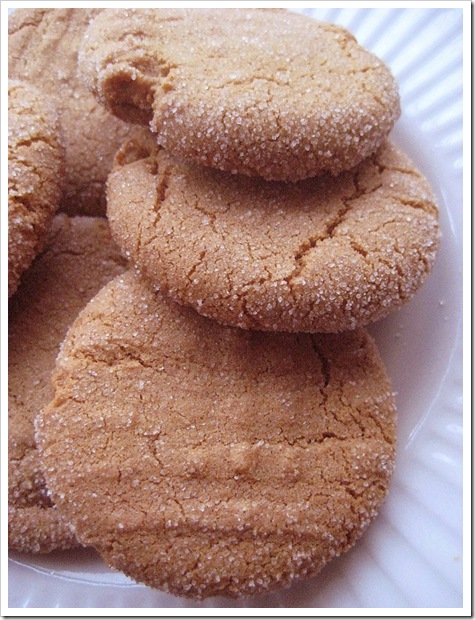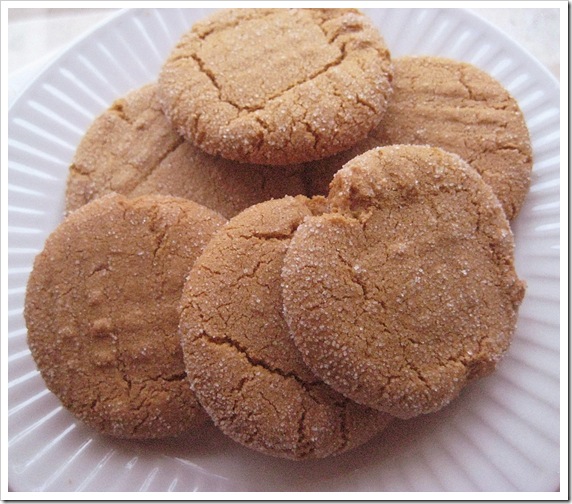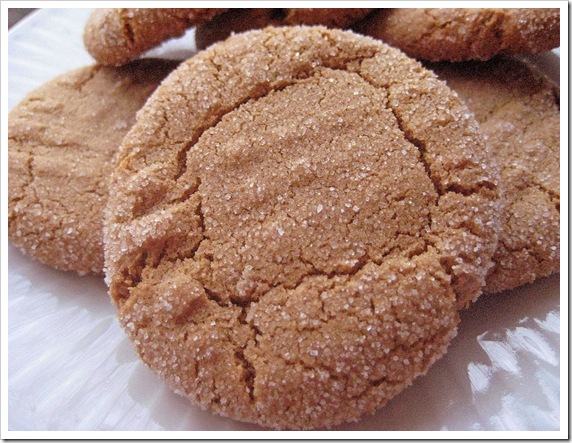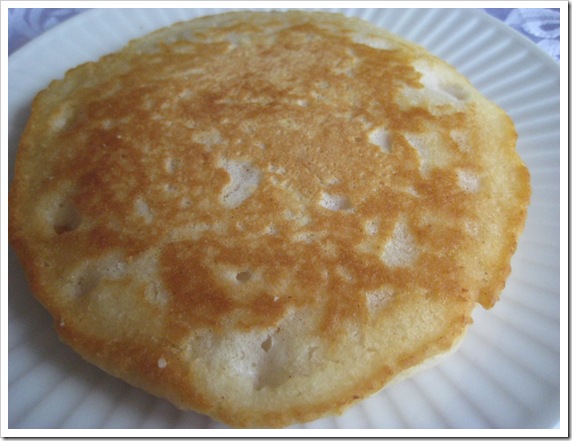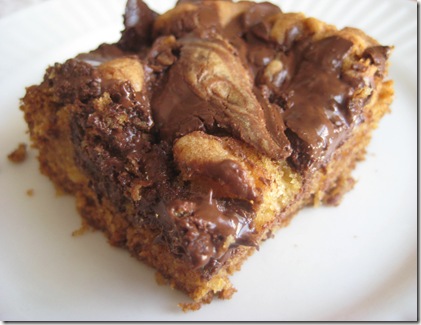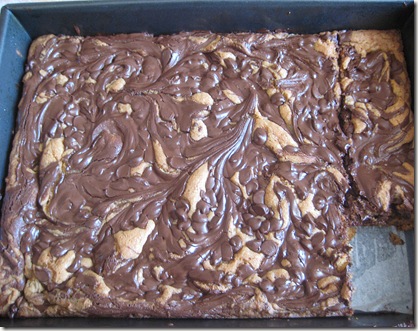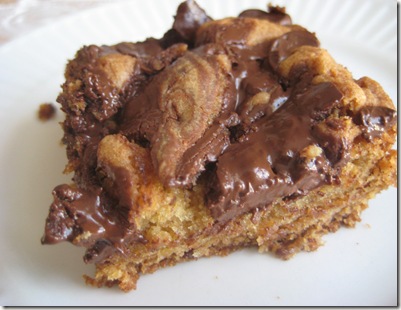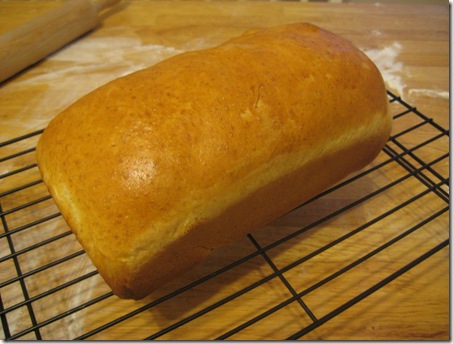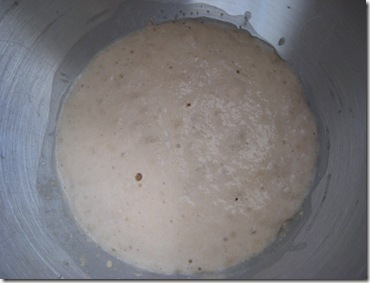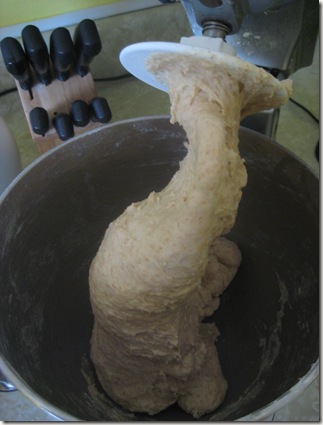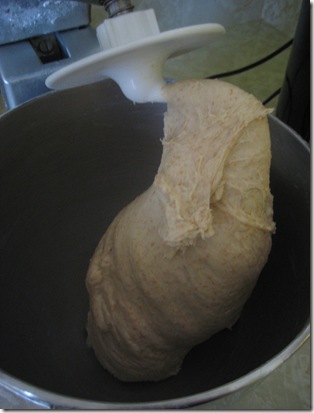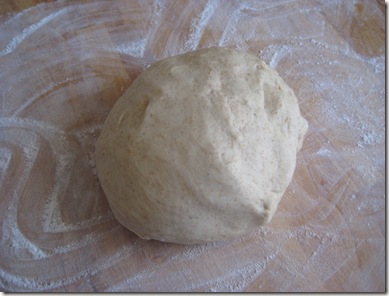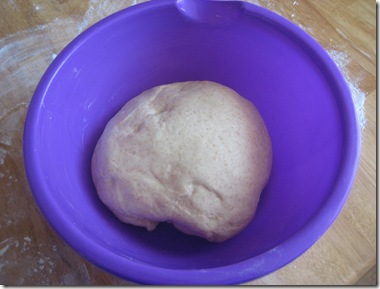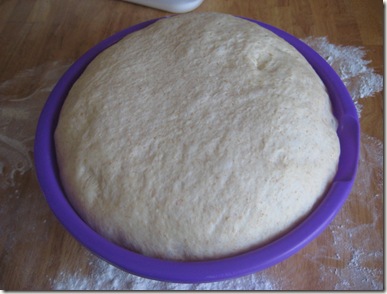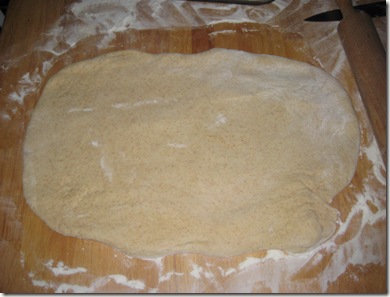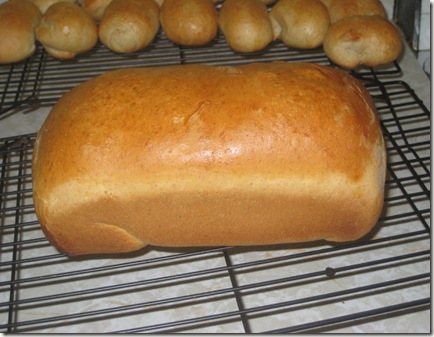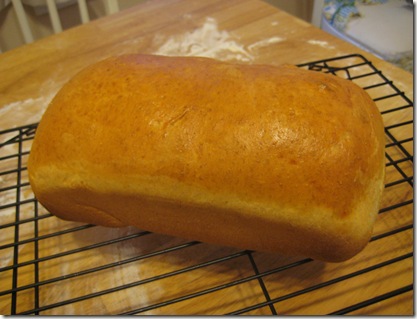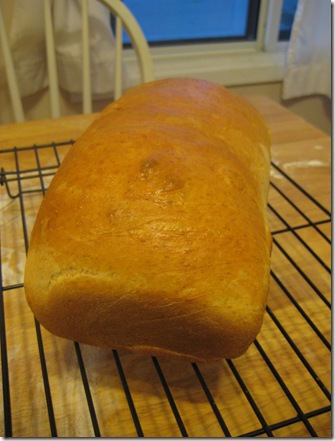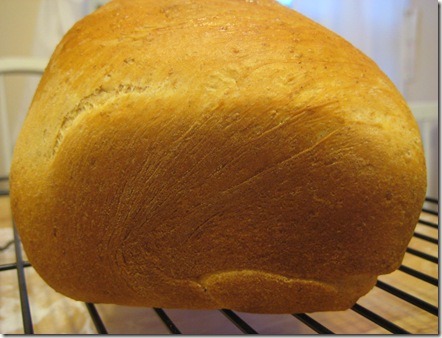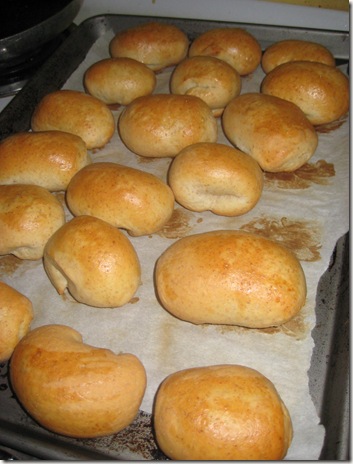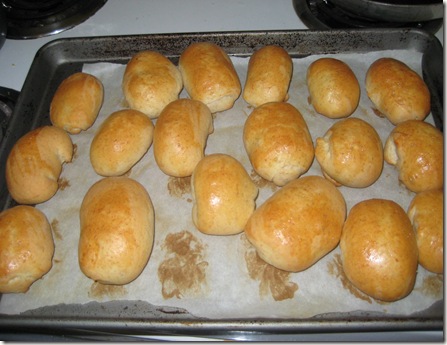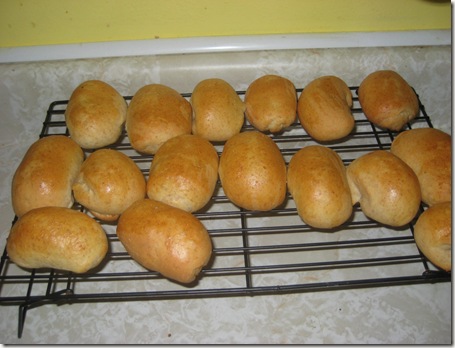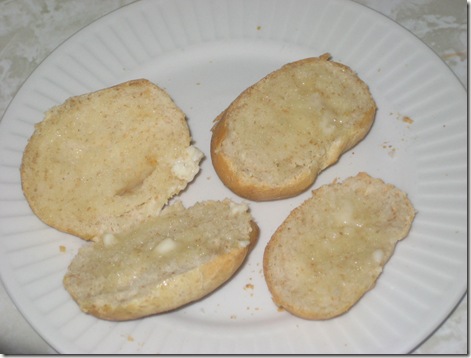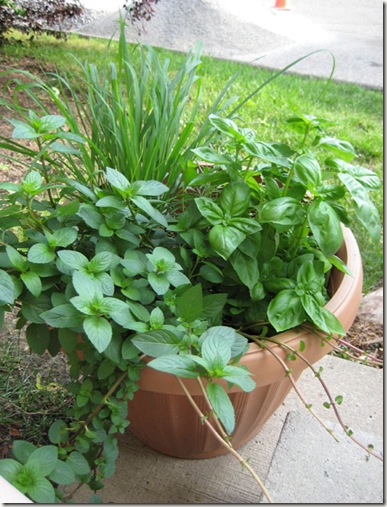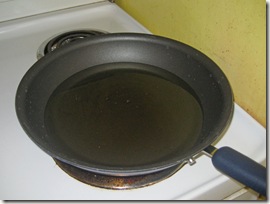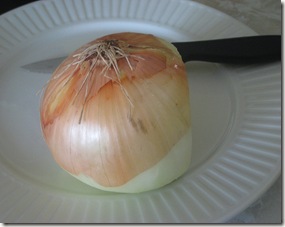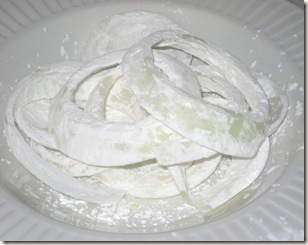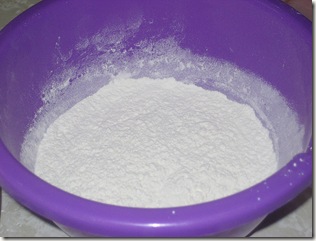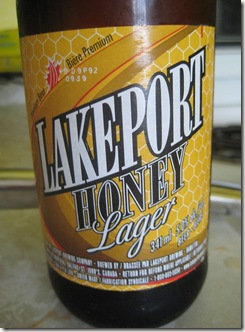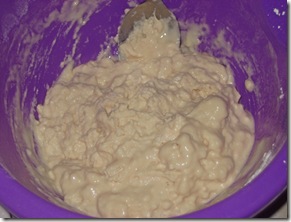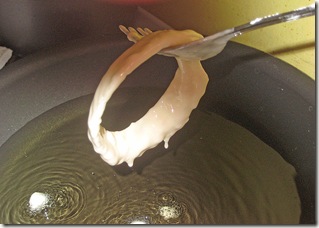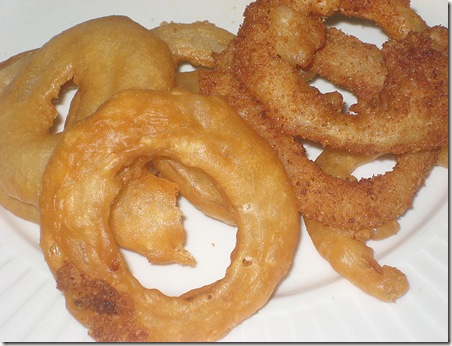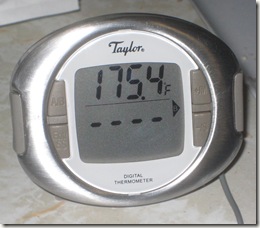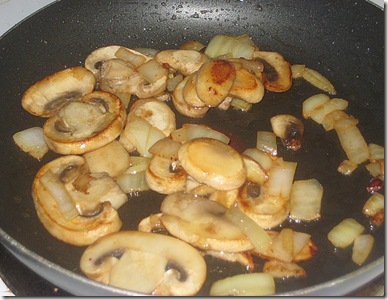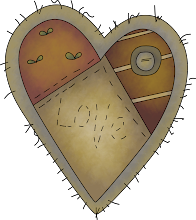On Monday I had dental surgery that I am still recovering from, in a haze between pain pills, sips of iced tea and spoonfuls of applesauce. On Sunday, knowing full well I would be chowing down on mush this week, I decided to make something that always makes me feel warm and satisfied. The kind of food that is like a big fuzzy blanket wrapped around you.
Lately that big blanket has been a big generous hunk of Chicken Pot Pie.

There is just something about veggies and chicken smothered in a yummy sauce covered with pastry to put a big smile on your face. Usually chicken pot pie consists of veggies, chicken, and a cream sauce. Being lactose intolerant, I can’t do the milk or cream. I wish, because then I would have the perfect excuse right now for knocking back the pints of mint chip! For a long time I was missing this dish because I knew I couldn’t handle all the dairy crammed into it. This was before I moved out and started to make my own gravy. Then it clicked. This is just something we started throwing together, and have about where I want it now. The pastry is Crisco’s recipe except I have replaced the shortening with all butter. The amount of butter doesn’t bother me, but of course if you too are lactose intolerant and can’t handle butter, it can be replaced with shortening as per the original recipe.
Chicken Pot Pie
Pastry for two 9" (23 cm) pie shells or 1 double-crust pie (Adapted from Crisco)
There is two different ways to make the pastry, I’ve included both.
2 cups (5oo mL) All Purpose Flour
3/4 tsp (3 mL) Salt
1 cup (250 mL) Butter (or Shortening)
2 tbsp (30 mL) Water, cold
1 tbsp (15 mL) White vinegar
1 Egg
Food Processor Method:
Add dry ingredients into the bowl fitted with the dough blade, add cold butter in cubes, replace top and pulse until it forms crumbs the size of large peas. Then add the blended wet ingredients through the intake tube (is that what it’s called?) and pulse until it forms into a large clump. This has produced a tender pastry for me every single time, and saves SO much time!
Pastry blender or two knives Method:
Combine flour and salt in mixing bowl. Cut room temperature butter or shortening into flour with pastry blender or 2 knives until mixture resembles coarse crumbs.
Beat egg, water and vinegar together to blend. Pour all the liquid over flour mixture. Stir with fork until mixture is moistened.
For Either Method:
Divide dough in half and shape each into a ball. Flatten each into a circle and wrap and chill dough 15 minutes for easier rolling. If you are using a 9 inch pie plate/dish, you will only need one disc. The other can be well wrapped in foil or a freezer bag and frozen. If you are using a larger dish, such as a 9 x 13 pan, you may need both.
While the dough rests, turn on the oven 375F to preheat, and move onto the filling. The dough can also be done ahead of time and refrigerated, or frozen and just thawed the day before you need it.
Chicken Pot Pie Filling:
Chicken Breasts
2 handfuls baby carrots
1 medium onion
2 stalks Celery
1 Can peas
Chicken stock or broth
flour or cornstarch
oil or fat for sauteing
salt and pepper
1 egg for pastry wash
I should say haven’t included exact measurements because this can easily be adjusted according to how many people are you feeding. There is only me and the husband at home, so you could add more according to your crowd. You could of course use any vegetables you liked as well. I like the baby carrots because they’re bite size and I don’t have to peel them, and I find them sweeter.
Cut the baby carrots into bite sized pieces and steam. I have found that they take at least 20 minutes if not longer to soften, so I like to start this early. Sometimes I will also do this earlier and leave them in the fridge so they’re ready for me. While they’re steaming, chop the onion and celery finely. If you like bigger pieces of onion and celery feel free to make them larger. On a separate cutting board or plate, cut the chicken into bite sized pieces.
In a large deep frying pan or saucepan, heat a small amount of oil or butter, and throw in the celery and onion. I like to cook them until they are nice and translucent as I find this takes some of the “bite” out of the onion, which I find hard on my stomach, and can be a bit overpowering in the pie. If you prefer a stronger onion taste, you could even skip this step.
When the onions have sweated and are softened, spoon out onto a plate or bowl, set aside. Add chicken to the heated pan. Add a bit more fat or oil if the pan has become dried. Brown the chicken on all sides until cooked through. Spoon out onto plate with the onion and celery.
Pour chicken broth/stock into the hot pan, and using a spoon or spatula scrape all those wonderful brown chicken bits from the bottom of the pan. You want enough broth to make enough gravy to cover your vegetables and chicken. So the more vegetables and meat you are adding, the more broth you will want to use.
While whisking briskly, sprinkle flour lightly over the broth. Add only a light sprinkling at a time, as its easier to add more than take it out. Let the broth come to a simmering boil after each addition until its thickened. You can also mix flour or cornstarch with water in a measuring cup to make a sort of gruel, and while whisking add this in additions until thicken. Ideally the gravy will coat all the ingredients, but if its a bit runny its not going to ruin it I promise. If there are lumps or bits, you can strain with a fine mesh strainer. Sometimes I do, sometimes I don’t. Add salt and pepper to taste. Do not worry if it tastes a bit bland at this point, when the ingredients are added back it will flavour it as well.
Add all the ingredients back into the pot with the gravy. Using a wooden spoon, stir to coat everything. Add canned peas and fold gently (You could also use frozen, I just prefer canned). I usually let this simmer for 5 minutes or so, to let the flavours mingle. Take off heat. Pour mixture into a casserole dish or pie plate (as long as its oven safe and can hold the filling and be covered with pastry, it works!).
Remove one disc of pastry from the fridge. To minimize mess, I roll the pastry between a piece of parchment paper folded in half. Placing the disc between the papers, roll out into a shape large enough to cover your dish. Inverting the pastry still on the paper over your dish, lift the paper off. Using a sharp knife, cut so that pastry fits, fitting the edges against the dish (as there may be a bit of shrinkage while baking).
Beat egg with fork in small bowl, and brush over pastry. Using sharp knife, cut vent holes to allow steam to escape while baking. If you have leftover pastry, you can also cut out little shapes to put on top. I usually do, only because its extra pastry to eat;)
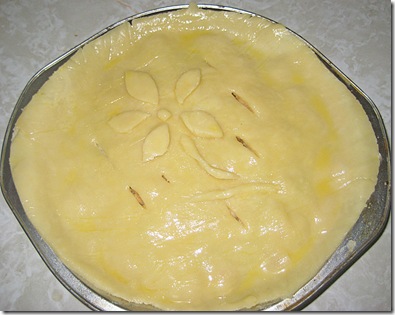
Bake until pastry is a nice golden colour, usually about 20 minutes or so, I usually start checking after 15 minutes.
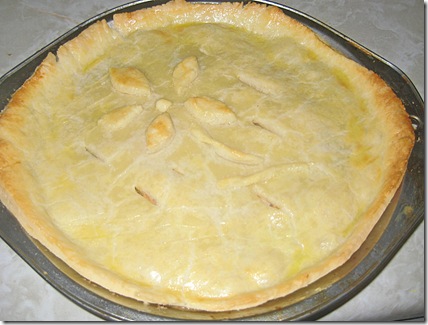
And there you have it. It isn’t a 20 minute meal, but the end result is so well worth it. It also tastes amazing the next day (cold or reheated!)
I now have to go find me some applesauce.

